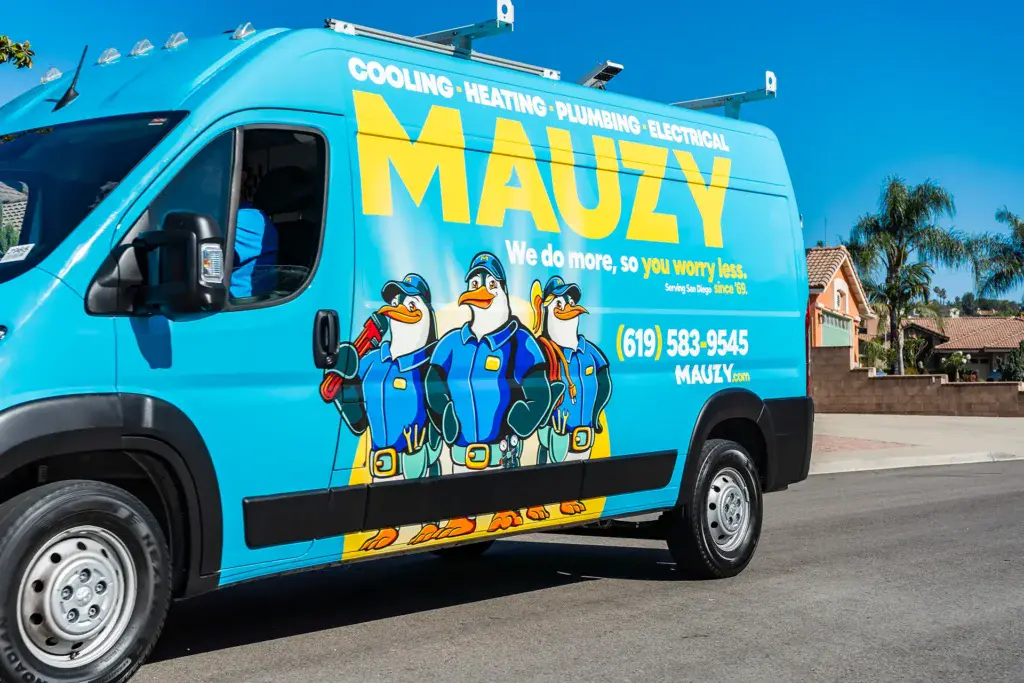A combustion furnace, such as a gas furnace, produces several gases as byproducts of the combustion process. One of these gases is carbon monoxide (CO). Ordinarily, the spent gases (including CO) flow out of the house and disperse safely into the atmosphere. However, the gases can circulate and pollute your house under certain circumstances.
Below are some of the causes, dangers, and signs of CO leaks in your house.
Causes
Anything that prevents CO from flowing out of the house can cause the gas to leak into your house. Below are some common causes of CO leaks.
Ventilation Problems
A typical furnace has a flue pipe that channels spent gases out of the house. The pipe can crack or develop holes due to corrosion or accidental damage. The pipe will leak spent gases, including CO, if that happens.
CO can also flow back into the house if something blocks the flue pipe. That might be the case if debris or dead animals block the flue pipe.
Cracked Heat Exchanger
The heat exchanger transfers heat from the combustion chamber to your indoor air while preventing contamination from spent gases. The heat exchanger, which is metal, can crack just like the flue pipe. For example, an overheated furnace can crack its heat exchanger. The crack will allow spent gases to leave their usual path and pollute your indoor air.
Incomplete Combustion
Ordinarily, the furnace produces only a small volume of CO. However, incomplete combustion of fuel can produce excess CO. The risk of CO contamination increases under such circumstances. For example, that might be the case if something restricts the furnace’s air intake.
Dangers
Below are two reasons you should not ignore a CO leak.
Festering Damage
A CO leak means that something is wrong with your heating system. Thus, you should diagnose and fix the issue. Otherwise, it might cause further damages and problems down the line. For example, the same flue blockages that cause CO leaks can also cause the furnace to overheat. An overheated furnace can crack its heat exchanger.
Ill Health
Perhaps one of the worst things about a CO leak is the effect it can have on your household’s health. CO inhalation is poisonous. The gas reduces the oxygen level in your system, and it can cause fatalities in serious cases. Moreover, CO inhalation is not easy to notice, especially in the beginning. Don’t forget that the gas is odorless and colorless too.
Signs
You should always be alert to the risk of carbon monoxide leaks if you have combustion appliances in your house. An alarm from the CO detector is the most obvious way to know you have a CO leak. However, other signs to look out for include:
- Heavy condensation on windows that might mean spent gases flow back into the house
- Sooty stains around the furnace that might point to combustion problems
- A pilot light that goes out every time you light it
- Absence of furnace draft that might mean the exhaust gases don’t flow out of the furnace
- A rusty flue pipe that might have holes or cracks on it
- Unusual smells in the house that might point to other exhaust gases that often leak with CO
- Signs of CO poisoning, such as headaches, dizziness, and nausea
Evacuate the house if you suspect CO leak or poisoning. CO leakage and exposure is a risk you can limit. Contact Mauzy Heating, Air & Solar for your system’s service and maintenance as the first step to preventing CO leakage. We have been active in the heating and cooling industry for over 52 years, and our services have even earned us multiple awards.
